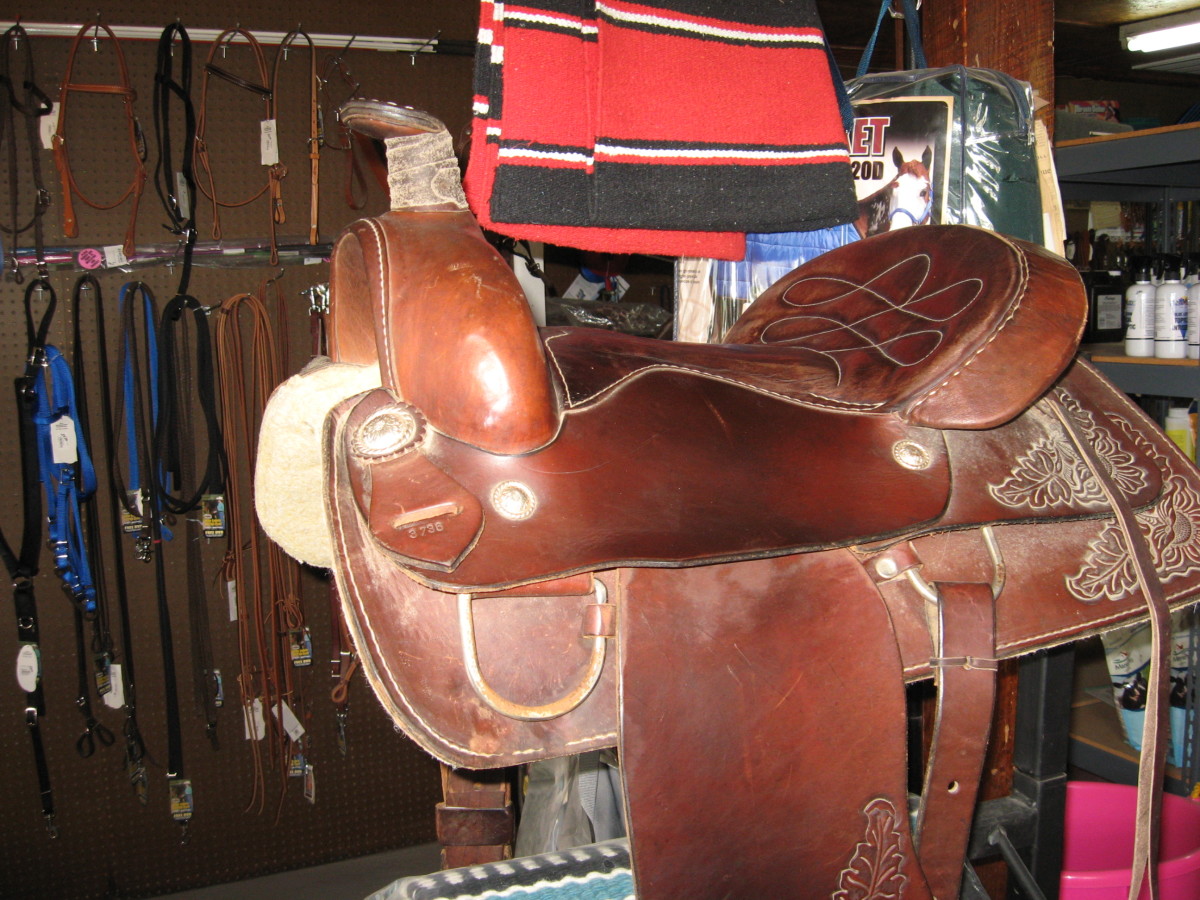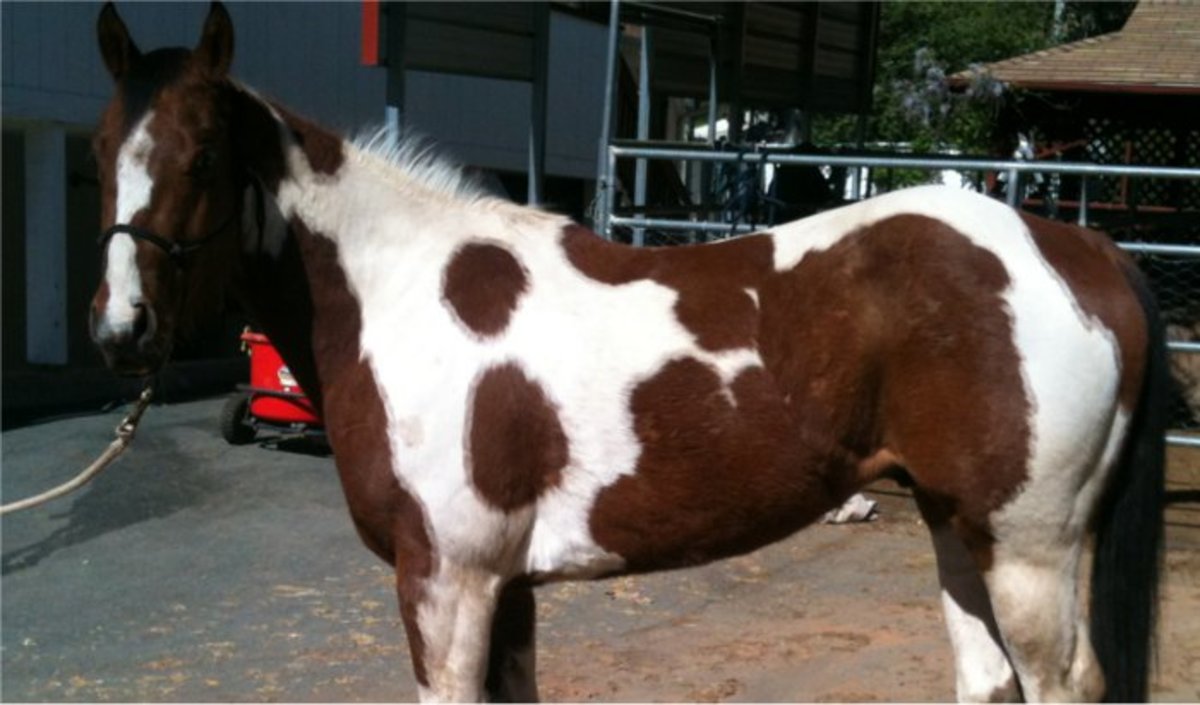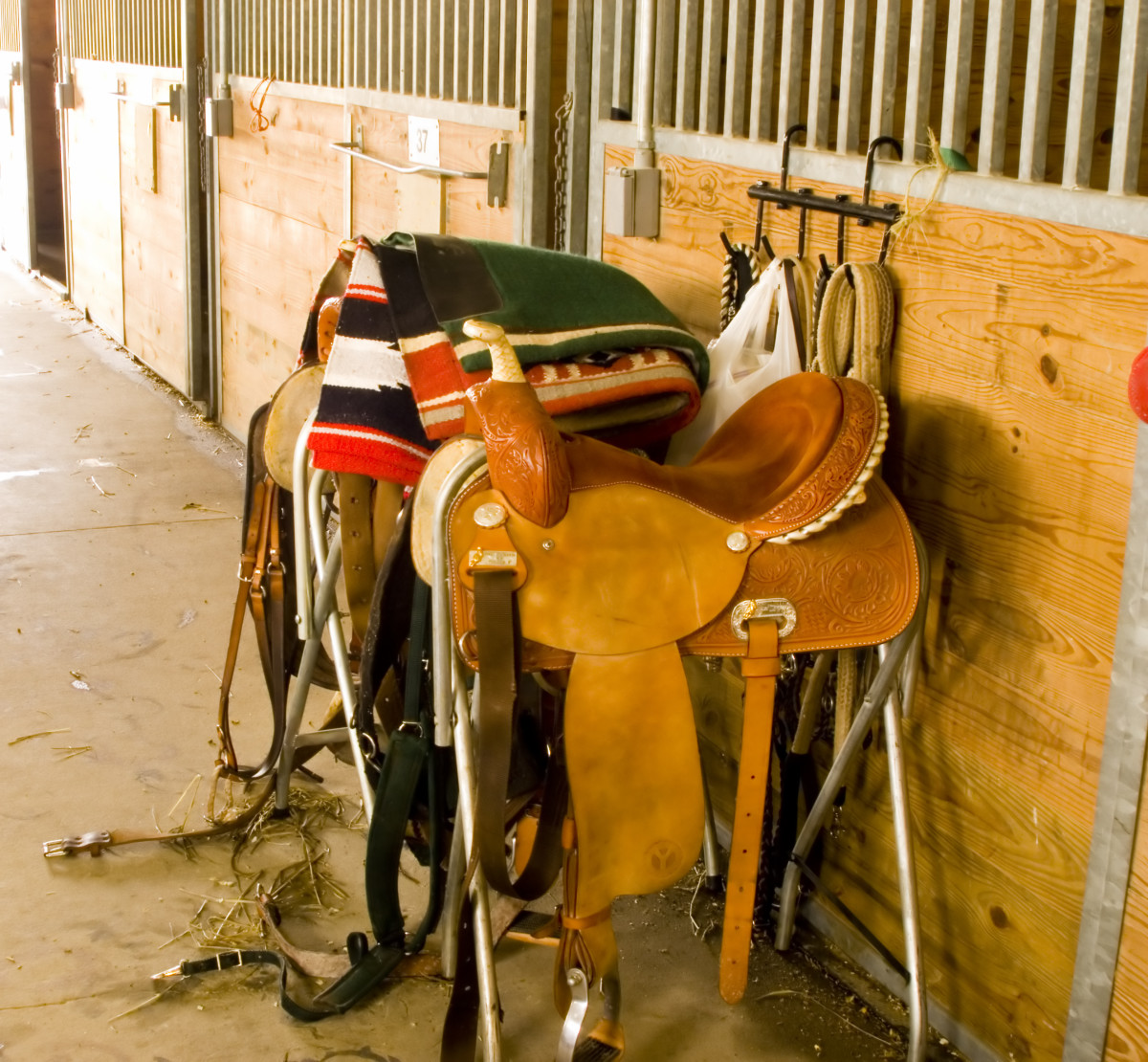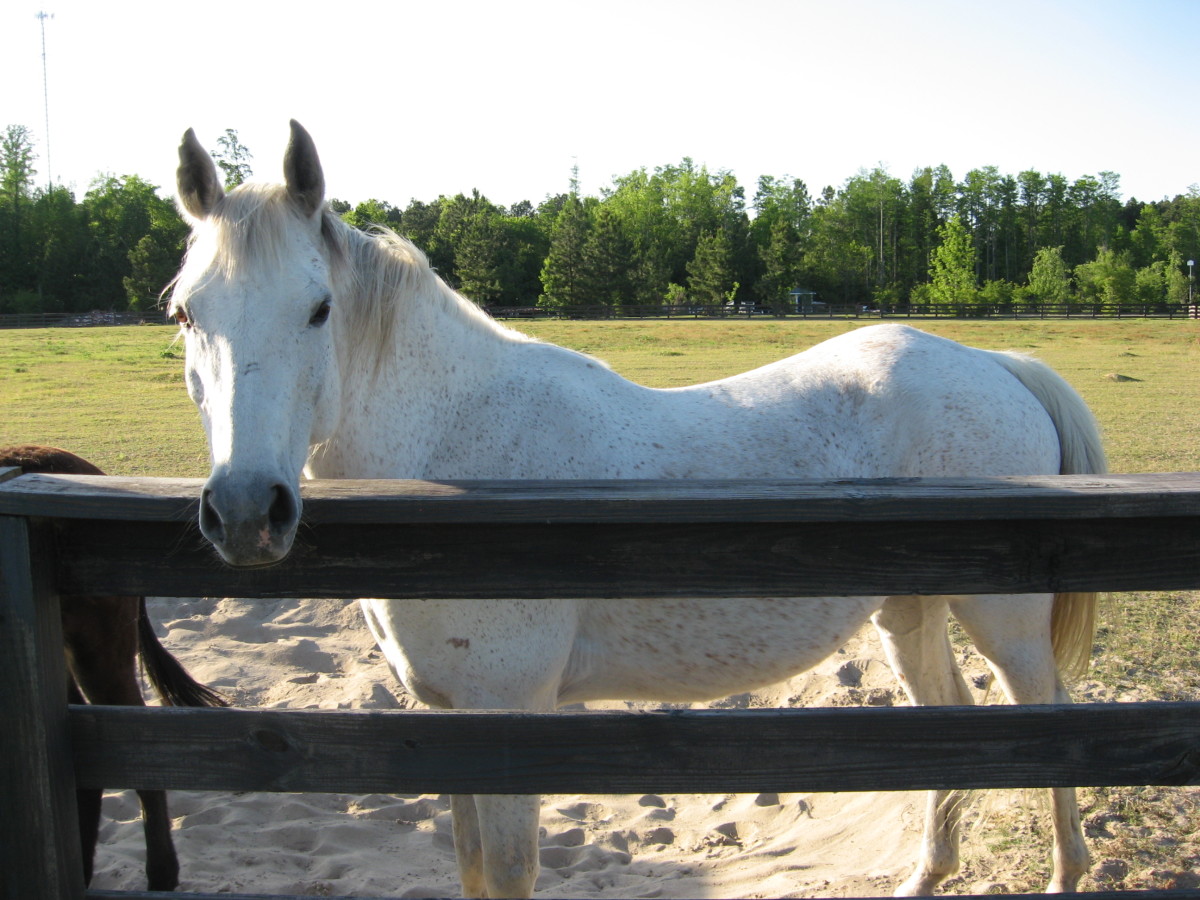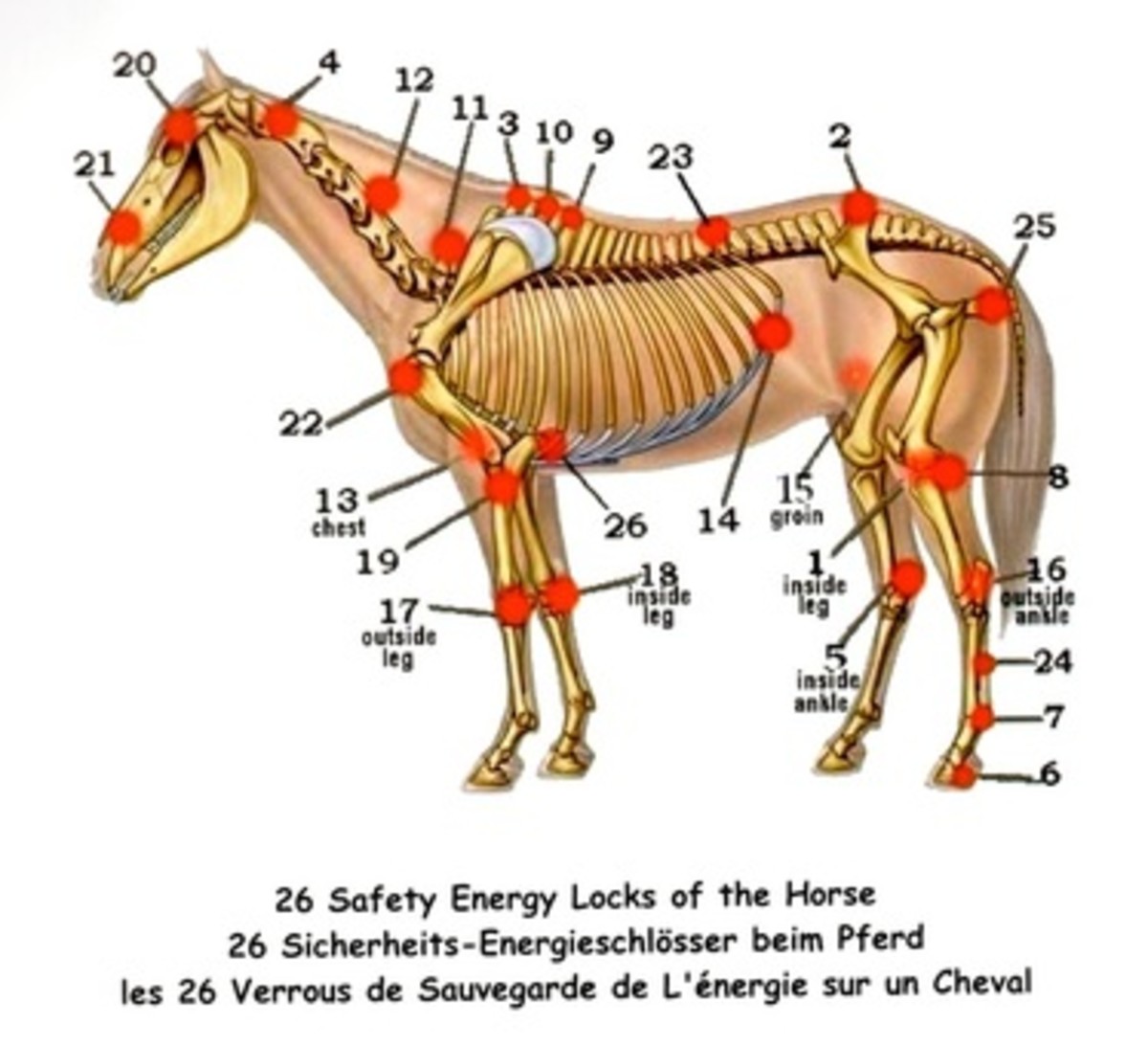The Stirrup - A Key Piece Of Technology
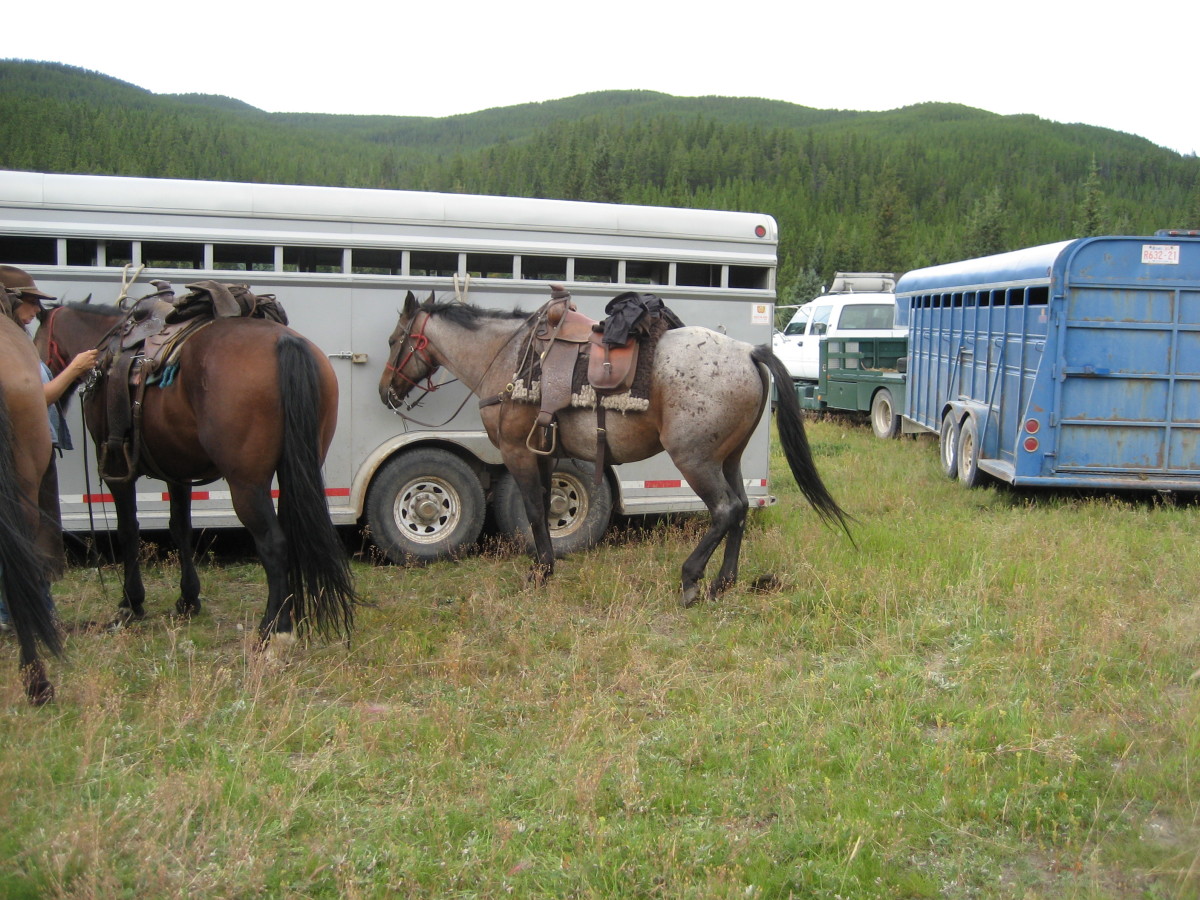
What is a stirrup?
If you look at a tacked up horse, the stirrups are quite visible. They are, essentially, foot rests that are secured to the saddle on either side.
English and western stirrups are quite different. The English stirrup is a flat metal (usually stainless steel) loop supported by a hoop with a slot in the top. A leather strap, called simply enough the "stirrup leather" is run through that loop and then slid onto a metal bar on the saddle. (Note that it is still called a "leather" even if it is made of nylon web or another synthetic material). In most cases, a rubber inset, a 'tread' is inserted into the hoop to add grip.
A western stirrup may be made of either metal or leather. It is a leather or metal loop that is secured to a flat bar at the top, and reinforced at the bottom where the foot rests. Some western stirrups are a combination of metal and leather and parade stirrups are tooled leather with silver plating on the outside. These stirrups are supported by thick leather panels called 'fenders'. Older western stirrups are sometimes made of wood.
Regardless, both serve the same purpose of supporting the rider's feet and are also used to assist in mounting.
Why Ride With Stirrups?
A good instructor will tell you that you need to learn to ride without stirrups and not to rely on them. The stirrup is there for extra security, but is not what keeps you on the horse. Riding with stirrups, however, reduces fatigue and increases the rider's comfort. Stirrups also give extra stability, especially when jumping or leaning down to, say, open a gate.
The foot should rest lightly on the stirrup and not be pressed hard against it. Western stirrups are generally longer and dressage riders also ride with longer stirrups. When jumping, the stirrups are generally shortened a few holes to make the modern forward seat easier.
The one exception to the 'stirrups don't keep you on the horse' rule is race jockeys, who are supported almost entirely by their stirrups and keep their bodies completely off the horse. This allows the horse's back as much freedom of movement as possible whilst carrying a rider.
The Historical Significance of the Stirrup
In the title of this article, I called the stirrup a key piece of technology. In fact, the stirrup has played an important role in the history of the world.
Stirrups appear to have been invented in China in the fifth century and were definitely in western Europe by the seventh or eighth century. Evidence for this consists of stirrups found in graves, but also a change in weaponry.
Prior to the invention of stirrups, mounted warriors were incredible athletes and almost certainly used bows as their primary weapons. With the stirrup, a warrior had a firm platform which made bows more accurate, but also allowed for the greater use of swords and axes from horseback. The stirrup is followed by longer swords designed for use from horseback, the antecedent of the modern cavalry saber. And, of course, jousting with lances requires stirrups to make the rider secure enough to have a chance (not always a good one) of staying on during a charge.
The mounted knight was an answer to the light cavalry of the Huns, and dominated European warfare for centuries. With the knight came a different way of organizing armies. Some scholars even credit the humble stirrup as the root cause of the development of European feudal society.
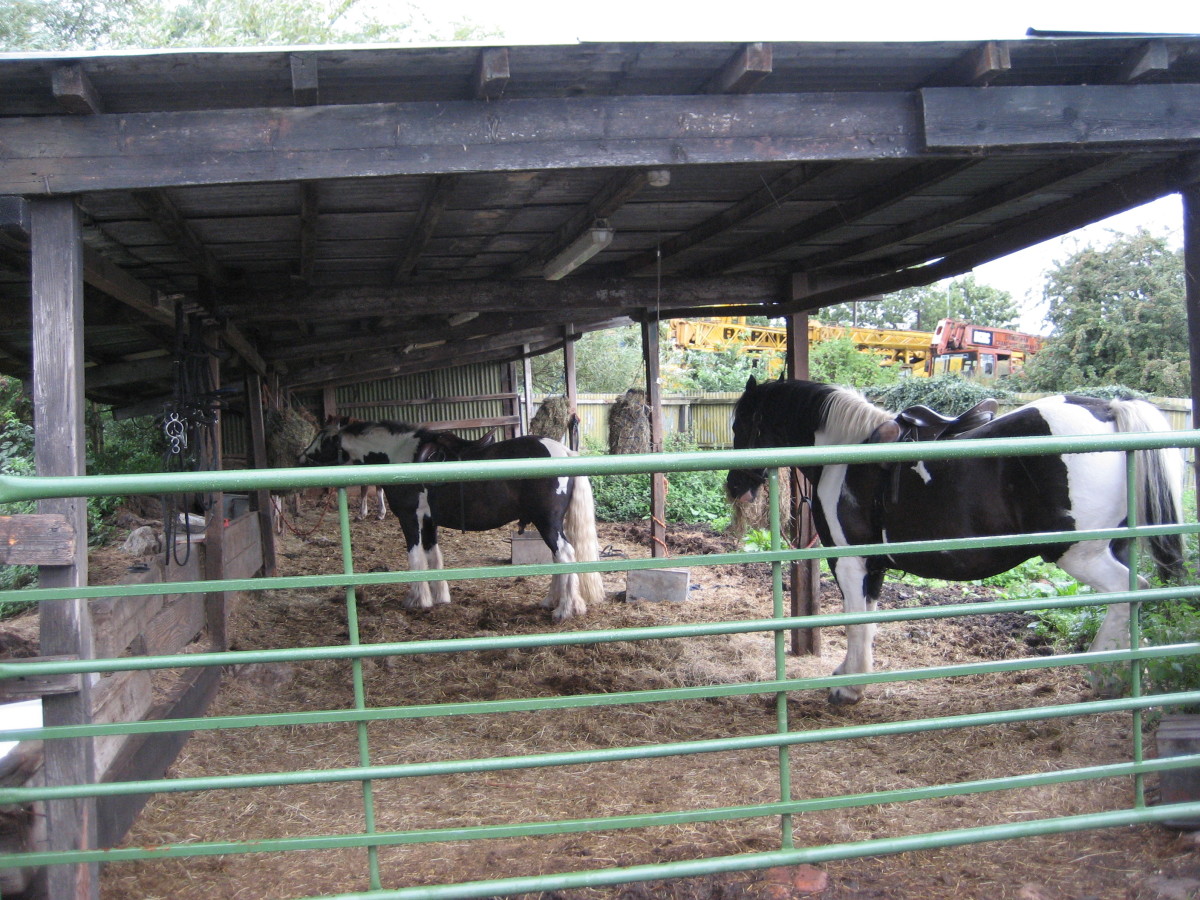
Types of Stirrup Today
In addition to the ordinary stirrup, there are several modern variants that might be seen in use at various times.
1. The 'safety' stirrup. The downside of stirrups is the risk of your foot being caught in one. Because of this, different kinds of safety stirrup have been invented. The most common is the 'peacock' stirrup. The peacock stirrup has only half of a hoop, with the outer part being replaced by a stud and a hook. A rubber or leather band is then secured between the two. Any hard impact against the outside of the stirrup will cause the band to come off the hook. The second common English safety stirrup is the curved stirrup, in which the outside of the stirrup is curved forward, again reducing the risk of catching one's foot. A western version of the peacock stirrup is also commonly used.
2. The mounting stirrup. These come in two forms. A second smaller stirrup secured only on the left side of the saddle is common in western. More common in English and also seen in western is the stirrup 'extender' which is secured to the bottom of the left side stirrup. Most of these fold up when riding.
3. Racing stirrups. Jockey stirrups are a slightly different shape and are aluminum (so they are lighter). Aluminum western stirrups are often seen in barrel racing for the same reason.
4. 'Balance' stirrups are part metal and part flexible rubber or plastic, designed to act as shock absorbers. They may also reduce the tendency for the toes of an English rider to get very cold as the metal stirrup leaches heat out of them in winter. (Trust me. It's one of the nasty parts of winter riding - although it can be mitigated by wearing a pair of old pantyhose under your breeches and socks).


